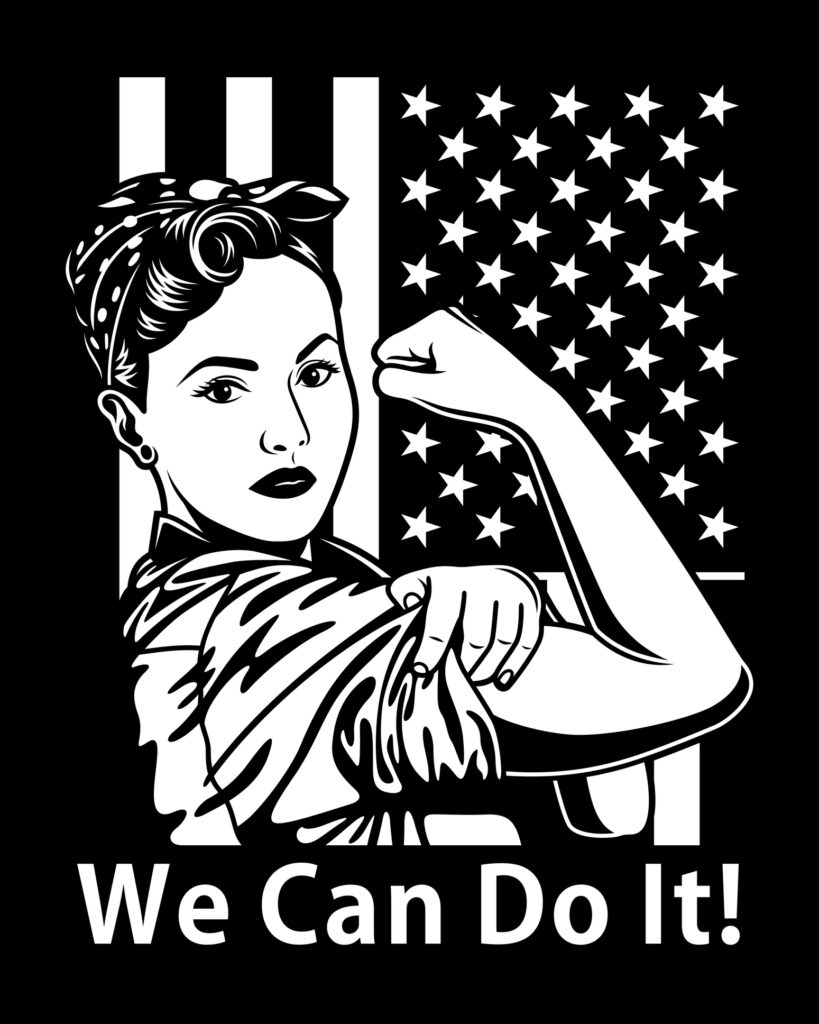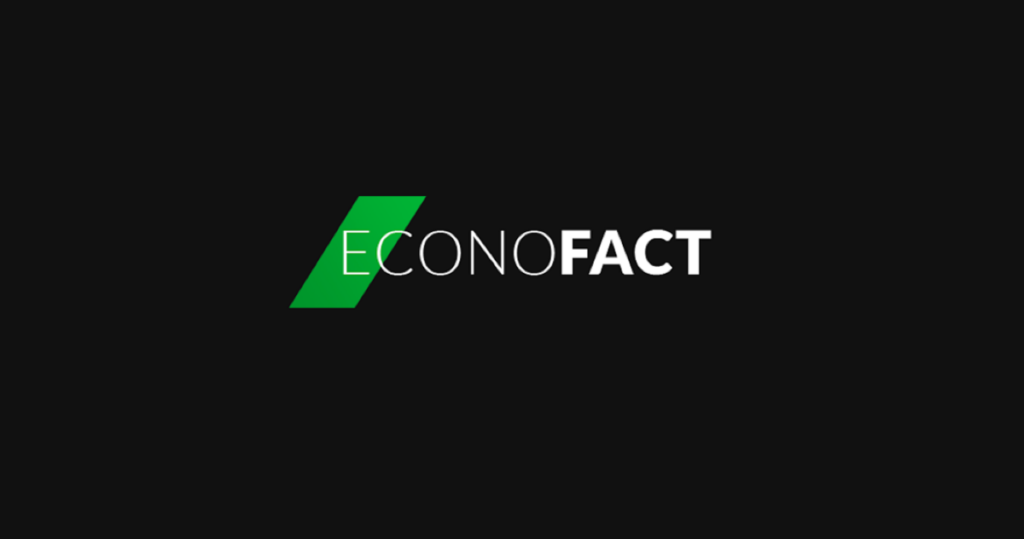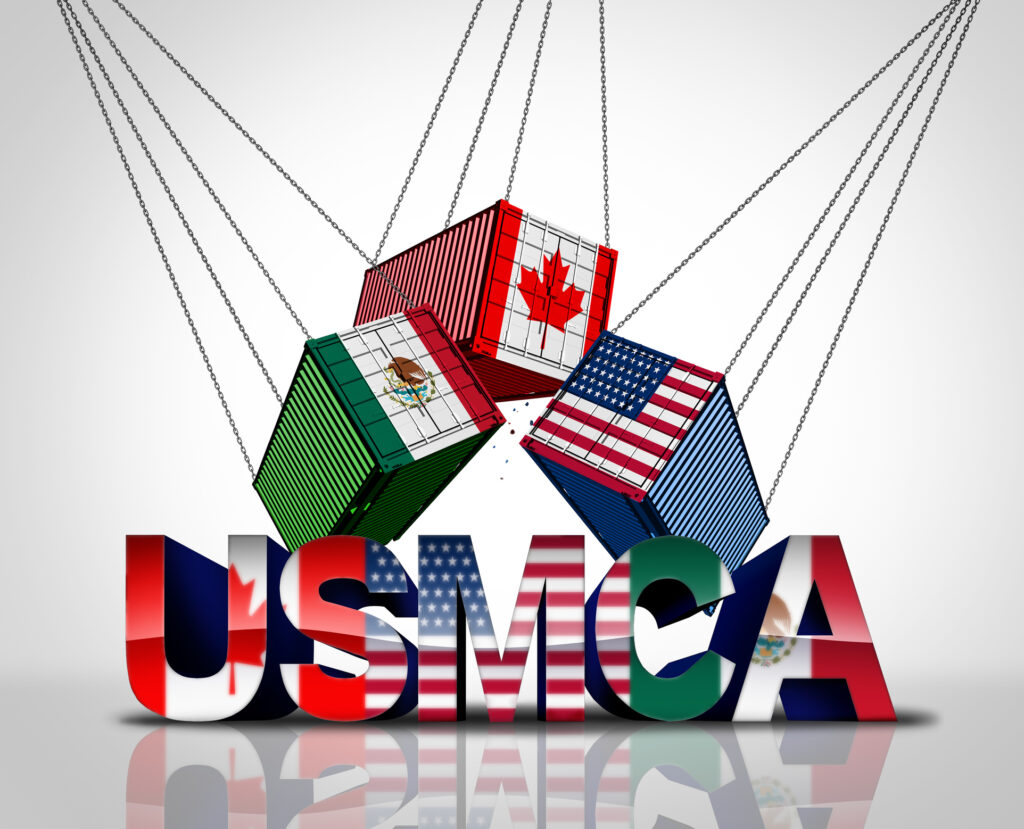
Grades 9-12

Don't have an account yet? Sign up for free
Don't have an account yet? Sign up for free


Many factors influence voters as they decide how they will vote. The economic policies advocated by candidates and political parties are important factors in these decisions. No matter what policies a presidential candidate may propose, however, an incumbent candidate is often blamed for or credited with how well the economy is doing, whether or not the incumbent’s policies were actually the cause of the condition in question. Many voters base their decisions narrowly on how the nation’s economy is affecting them at the time. Therefore, in a presidential campaign in which an incumbent is vying for re-election, certain key measures of economic performance can help to predict the election outcome. This lesson shows how two economic measures, the Misery Index and the growth rate in real GDP per capita, can be used to make predictions about presidential elections.
POLITICAL CONCEPTS: Misery Index, Voting and elections
This lesson was originally published in CEE’s Focus: Understanding Economics in Civics and Government. Visit https://store.councilforeconed.org/ for more information on this publication and how to purchase it.
Use the following questions to review the lesson:
Multiple-Choice Questions
Constructed-Response Question
There is a free on-demand webinar available that explains how to teach this lesson.
“How to Teach Economic Misery and Presidential Elections”

Grades 9-12


Content Partner
Grades Higher Education, 9-12

Grades 9-12
